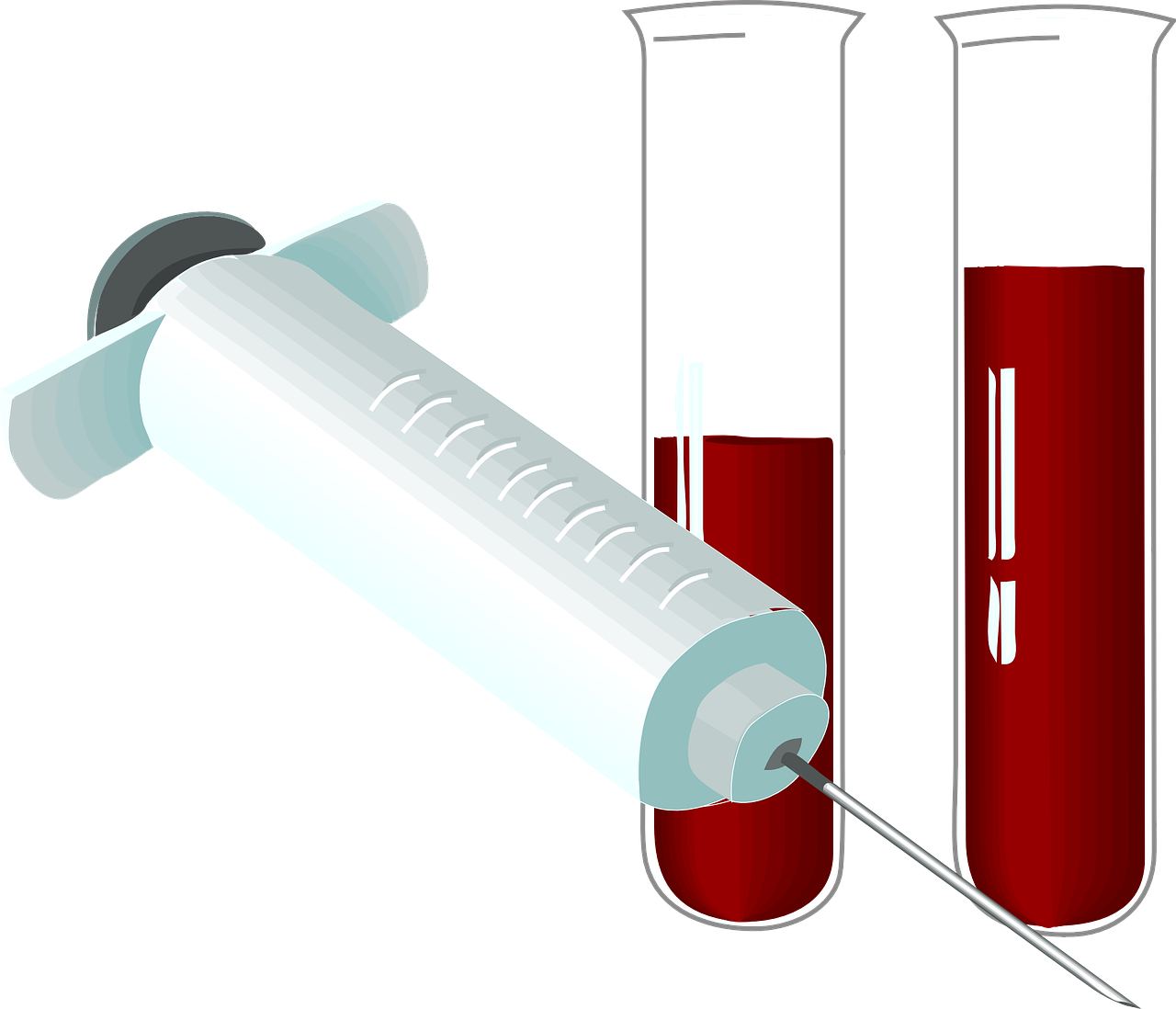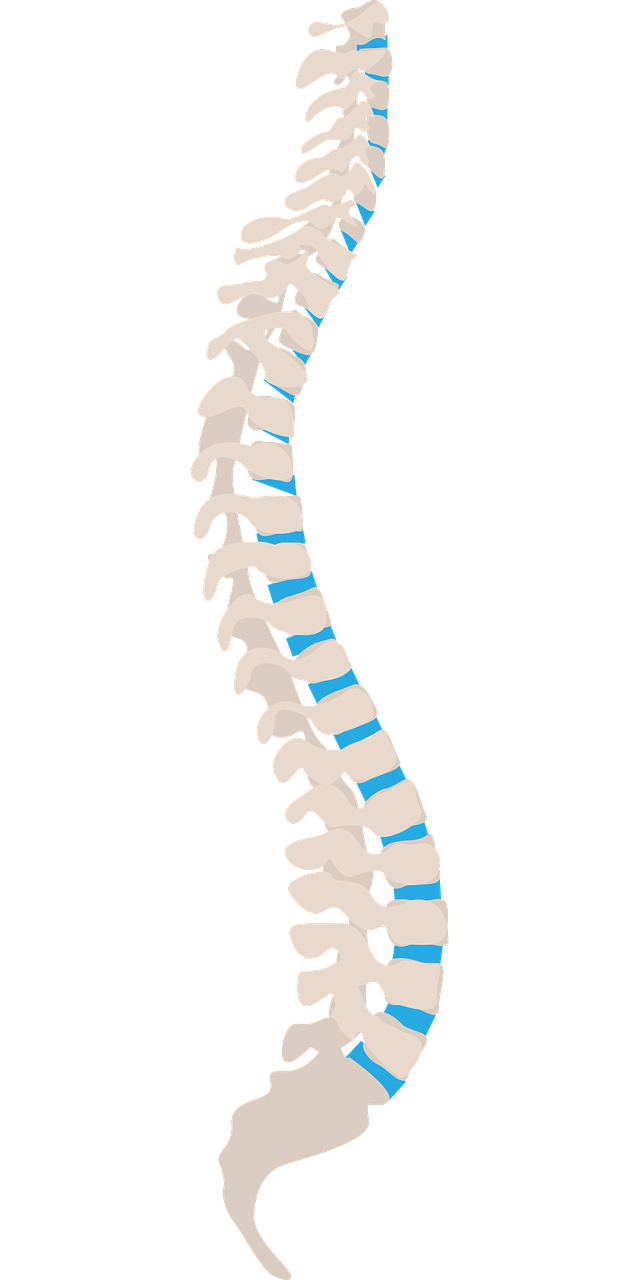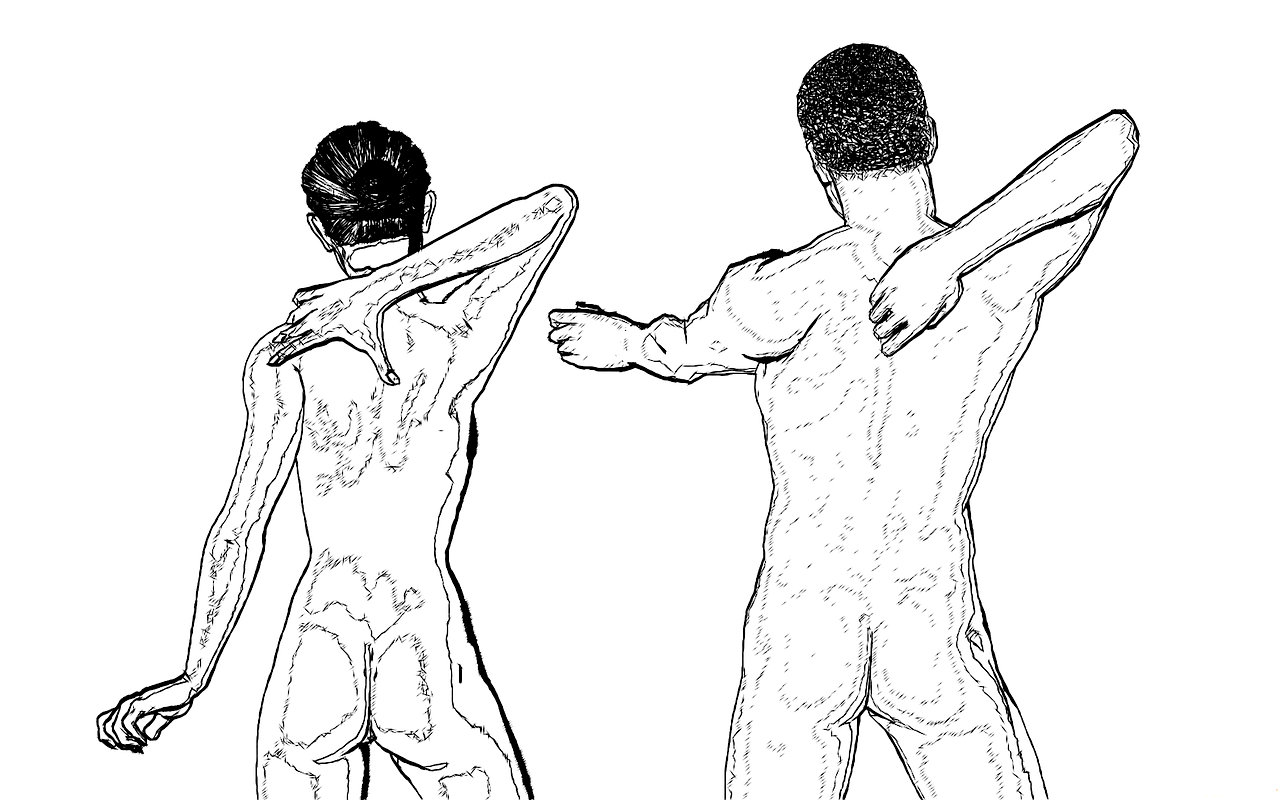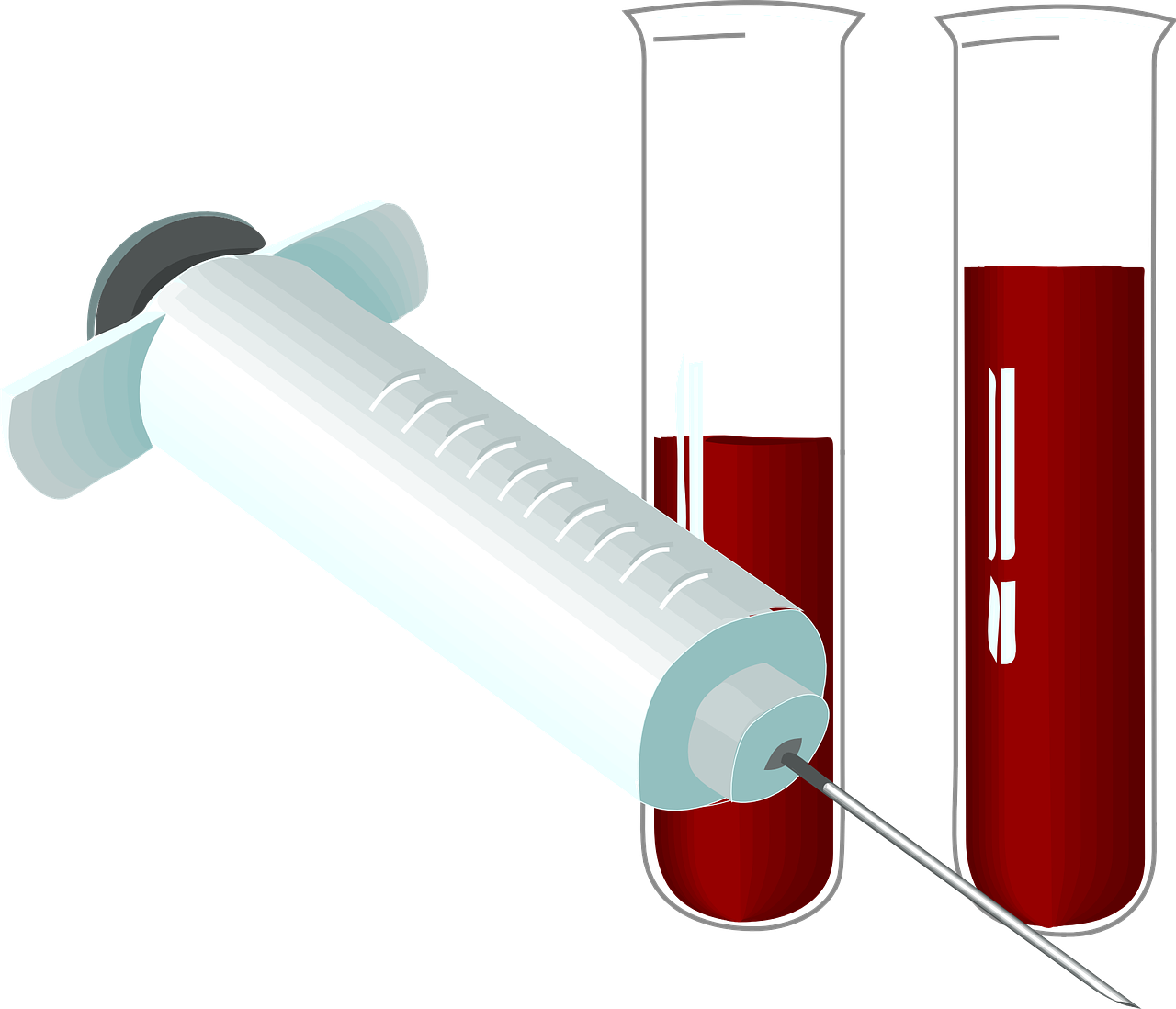
Have you ever wondered why your shoulder hurts when you lay on it? It can be quite perplexing, especially when you’re trying to get a good night’s sleep or simply find a comfortable position. The discomfort can range from a dull ache to a sharp pain, and it’s enough to ruin your relaxation time. But fear not, for there are several reasons why this might be happening, including muscle strain, inflammation, or even an underlying medical condition. In this article, we will explore the possible causes of shoulder pain when laying on it, and provide some tips on finding relief and preventing future discomfort. So, if you’re tired of waking up with aching shoulders, read on to discover the answers you’ve been seeking.
Causes of Shoulder Pain When Laying on It
Shoulder pain when laying on it can be caused by various factors, ranging from common injuries to underlying medical conditions. Understanding the potential causes can help you identify the source of your discomfort and seek appropriate treatment. Here are ten possible causes of shoulder pain when laying on it:

1. Shoulder Impingement
Shoulder impingement occurs when the tendons in your shoulder become compressed and rub against the surrounding bone structures, leading to pain and inflammation. This condition is usually a result of repetitive overhead movements or poor posture. When you lay on your affected shoulder, the added pressure can exacerbate the impingement, causing discomfort.
Definition and Overview
Shoulder impingement refers to the compression of the rotator cuff tendons and subacromial bursa in the narrow space beneath the acromion, a bony process of the shoulder blade. This compression can lead to irritation, inflammation, and pain.
Causes of Shoulder Impingement
The primary cause of shoulder impingement is repetitive overhead activities such as throwing, lifting weights, or reaching above the head. Other contributing factors may include poor posture, muscle imbalances, bone spurs, or structural abnormalities in the shoulder joint.
Symptoms of Shoulder Impingement
The common symptoms of shoulder impingement include pain when reaching overhead or behind the back, weakness in the affected arm, and limited range of motion. Sleeping on the affected shoulder can intensify these symptoms.
Diagnosing Shoulder Impingement
To diagnose shoulder impingement, your doctor may perform a physical examination, review your medical history, and order imaging tests such as X-rays or MRI scans. These tests help identify any structural abnormalities and confirm the diagnosis.
Treatment and Management of Shoulder Impingement
Treatment for shoulder impingement typically starts with non-surgical methods such as rest, ice therapy, physical therapy to strengthen the shoulder muscles, and anti-inflammatory medications. In severe cases or when conservative treatments fail, surgical intervention may be necessary to relieve the compression and alleviate the symptoms.
2. Rotator Cuff Injury
A rotator cuff injury refers to damage or tears in the muscles and tendons that stabilize the shoulder joint. This type of injury can result from sudden trauma, repetitive motions, or aging-related degeneration. When you lay on your shoulder with a rotator cuff injury, the added pressure can worsen the pain and impede the healing process.
Anatomy of the Rotator Cuff
The rotator cuff is a group of four muscles – the supraspinatus, infraspinatus, teres minor, and subscapularis – that surround the shoulder joint. These muscles work together to provide stability and facilitate shoulder movement.
Causes of Rotator Cuff Injury
Rotator cuff injuries can occur due to acute events, such as falls or lifting heavy objects, or as a result of repetitive overhead movements, like throwing, painting, or swimming. Additionally, age-related degeneration can weaken the tendons, making them more susceptible to injury.
Symptoms of Rotator Cuff Injury
Common symptoms of a rotator cuff injury include pain, weakness, and limited range of motion. You may experience pain when lifting your arm, reaching overhead, or while sleeping on the affected shoulder.
Diagnosing Rotator Cuff Injury
To diagnose a rotator cuff injury, your doctor may conduct a physical examination, assess your medical history, and order diagnostic imaging tests such as X-rays, ultrasound, or MRI scans. These tests can help determine the extent of the damage and guide appropriate treatment.
Treatment and Rehabilitation
Treatment for a rotator cuff injury may initially involve conservative measures such as rest, ice therapy, and physical therapy exercises to strengthen the shoulder muscles and improve flexibility. In cases of more severe or complete tears, surgery may be necessary to repair the damaged tendons and restore shoulder function.

3. Shoulder Bursitis
Shoulder bursitis is an inflammatory condition that affects the small fluid-filled sacs called bursae, which cushion the joint and reduce friction between the bones, tendons, and muscles. When these bursae become irritated or inflamed, it can lead to shoulder pain, especially when laying on it.
Understanding Shoulder Bursitis
Shoulder bursitis occurs when the bursae in the shoulder become inflamed due to repetitive motions, traumatic injury, or underlying medical conditions like rheumatoid arthritis. Bursitis can cause pain and swelling in the affected area, making it uncomfortable to lay on the shoulder.
Causes of Shoulder Bursitis
Common causes of shoulder bursitis include repetitive overhead activities such as throwing, painting, or weightlifting. Traumatic injuries, prolonged pressure on the shoulder, or certain medical conditions such as rheumatoid arthritis can also contribute to the development of shoulder bursitis.
Symptoms of Shoulder Bursitis
The typical symptoms of shoulder bursitis include pain, swelling, and tenderness in the affected shoulder. You may experience pain when lying on the affected shoulder due to increased pressure on the inflamed bursae.
Diagnosing Shoulder Bursitis
To diagnose shoulder bursitis, your doctor may perform a physical examination, review your symptoms and medical history, and order imaging tests such as X-rays or MRI scans. These tests can help evaluate the extent of inflammation and determine the underlying cause.
Treatment and Prevention
Treatment for shoulder bursitis usually involves a combination of rest, ice therapy, anti-inflammatory medications, and physical therapy exercises to improve shoulder strength and flexibility. In severe cases, a corticosteroid injection or, rarely, surgery may be required. To prevent recurrent shoulder bursitis, it is essential to avoid repetitive activities that strain the shoulder and maintain good posture during daily activities.
4. Frozen Shoulder
Frozen shoulder, also known as adhesive capsulitis, is a condition characterized by stiffness and pain in the shoulder joint. The exact cause of frozen shoulder is unclear, but it often develops after a period of shoulder immobility or injury. When you lay on a frozen shoulder, the lack of movement and increased pressure can exacerbate the pain and stiffness.
Overview of Frozen Shoulder
Frozen shoulder involves the gradual thickening and tightening of the joint capsule surrounding the shoulder joint. This results in a limited range of motion and pain, particularly when attempting movements that involve raising the arm.
Causes of Frozen Shoulder
The exact cause of frozen shoulder is unknown, but certain factors can increase the risk of developing this condition. These may include prolonged immobilization, previous shoulder injuries or surgeries, diabetes, thyroid disorders, and certain autoimmune conditions.
Symptoms of Frozen Shoulder
The primary symptoms of frozen shoulder include shoulder pain, stiffness, and restricted range of motion. Pain and discomfort may worsen when attempting to lay on the affected shoulder due to increased pressure and limited flexibility.
Diagnosing Frozen Shoulder
Diagnosis of frozen shoulder typically involves a physical examination to assess mobility and range of motion of the affected shoulder. Your doctor may also order imaging tests, such as X-rays or MRI scans, to rule out other possible causes of shoulder pain.
Treatment and Rehabilitation
Treatment for frozen shoulder focuses on relieving pain and restoring shoulder mobility. Non-surgical treatment options include gentle stretching exercises, physical therapy, pain medications, and corticosteroid injections. In some cases, manipulation under anesthesia or surgical intervention may be necessary to release the tight capsule and improve shoulder function.

5. Shoulder Arthritis
Shoulder arthritis refers to the inflammation and degeneration of the shoulder joint, leading to pain, stiffness, and limited mobility. There are different types of shoulder arthritis, including osteoarthritis, rheumatoid arthritis, and post-traumatic arthritis. When you lay on a shoulder affected by arthritis, the added pressure can worsen the discomfort and restrict movement.
Different Types of Shoulder Arthritis
Osteoarthritis is the most common type of shoulder arthritis, commonly seen in middle-aged and older individuals. Rheumatoid arthritis is an autoimmune condition that affects multiple joints, including the shoulder. Post-traumatic arthritis can develop after a significant shoulder injury or fracture.
Causes of Shoulder Arthritis
The causes of shoulder arthritis vary depending on the specific type. Osteoarthritis often develops due to wear and tear over time, while rheumatoid arthritis is caused by an abnormal immune response. Post-traumatic arthritis typically results from previous shoulder injuries or fractures.
Symptoms of Shoulder Arthritis
The symptoms of shoulder arthritis include joint pain, stiffness, swelling, and reduced range of motion. Laying on the affected shoulder can aggravate these symptoms due to increased pressure on the arthritic joint.
Diagnosing Shoulder Arthritis
Diagnosis of shoulder arthritis involves a comprehensive evaluation, including a physical examination, assessment of symptoms and medical history, and imaging tests such as X-rays or MRI scans. These tests help determine the type and extent of arthritis and guide appropriate treatment strategies.
Treatment and Management of Shoulder Arthritis
Treatment for shoulder arthritis may include a combination of non-surgical options such as pain medications, physical therapy exercises to improve shoulder strength and flexibility, and corticosteroid injections. In more severe cases, surgical interventions such as shoulder joint replacement or arthroscopy may be considered to alleviate pain and restore function.
6. Tendonitis
Tendonitis, also known as tendinitis, refers to the inflammation or irritation of a tendon, which is the thick cord-like structure that connects muscles to bones. Tendonitis can affect the tendons in the shoulder, leading to pain, swelling, and limited shoulder function. When you lay on a shoulder affected by tendonitis, the added pressure can exacerbate the pain and inflammation.
Understanding Tendonitis
Tendonitis occurs when the tendon becomes irritated or inflamed, often due to repetitive movements or overuse of the shoulder. This can cause pain and discomfort, especially when performing activities that involve the affected tendon.
Causes of Tendonitis
Common causes of shoulder tendonitis include repetitive overhead motions, excessive stretching, and improper technique during physical activities or sports. Other factors, such as age-related degeneration, lack of conditioning, and certain medical conditions, can also contribute to the development of tendonitis.
Symptoms of Tendonitis
The primary symptoms of tendonitis include pain, swelling, and tenderness around the affected tendon. You may experience increased pain when laying on the affected shoulder due to the added pressure on the inflamed tendon.
Diagnosing Tendonitis
To diagnose tendonitis, your doctor will likely perform a physical examination, inquire about your symptoms and medical history, and may order imaging tests such as X-rays or ultrasound scans. These tests can help evaluate the condition of the affected tendon and rule out other possible causes of shoulder pain.
Treatment and Rehabilitation
Treatment for tendonitis typically involves a combination of rest, ice therapy, non-steroidal anti-inflammatory medications, and physical therapy exercises to strengthen the shoulder muscles and promote healing. In severe cases, corticosteroid injections or, rarely, surgery may be necessary to alleviate symptoms.
7. Shoulder Dislocation
A shoulder dislocation occurs when the upper arm bone (humerus) is forced out of its position in the shoulder socket (glenoid). This can cause severe pain, instability, and limited shoulder movement. When you lay on a shoulder that has previously been dislocated, it can lead to discomfort as the joint is more vulnerable to further injury.
Overview of Shoulder Dislocation
Shoulder dislocations can be partial (subluxation) or complete, and they often result from traumatic events such as falls, sports injuries, or accidents. Dislocations can damage the surrounding ligaments, tendons, and tissues, making the joint prone to future dislocations.
Causes of Shoulder Dislocation
The primary cause of shoulder dislocation is a significant force that overwhelms the stability of the shoulder joint. This can occur during activities or incidents that involve sudden excessive force to the shoulder, resulting in the humerus being forced out of the glenoid socket.
Symptoms of Shoulder Dislocation
Symptoms of a shoulder dislocation include severe pain, swelling, limited range of motion, and visible deformity or protrusion of the shoulder. When laying on a previously dislocated shoulder, you may experience discomfort due to the pressure on the vulnerable joint.
Diagnosing Shoulder Dislocation
To diagnose a shoulder dislocation, your doctor will perform a physical examination, review your medical history, and order imaging tests such as X-rays or MRI scans. These tests help determine the extent of the dislocation, identify accompanying injuries, and guide appropriate treatment.
Treatment and Rehabilitation
Treatment for shoulder dislocation usually involves reducing the dislocated joint back into its socket by gentle manipulation (closed reduction). This is often followed by a period of immobilization using a sling or brace to allow the damaged tissues to heal properly. Physical therapy may be recommended to restore shoulder function and prevent future dislocations.
8. Nerve Compression
Nerve compression, also known as impingement, occurs when a nerve in the shoulder becomes compressed or pinched, causing pain, numbness, and tingling sensations. When you lay on a shoulder with nerve compression, the increased pressure can worsen the symptoms and affect your sleep quality.
Understanding Nerve Compression
Nerve compression in the shoulder can occur due to various factors, such as structural abnormalities, inflammation, or injury. This can result in the compression or pinching of nerves, leading to symptoms along the distribution of the affected nerve.
Causes of Nerve Compression
Common causes of nerve compression in the shoulder include rotator cuff injuries, bone spurs, shoulder impingement, tumors, and diseases such as arthritis or diabetes. Poor posture or repetitive activities that strain the shoulder joint can also contribute to nerve compression.
Symptoms of Nerve Compression
Symptoms of nerve compression in the shoulder may include pain, numbness, tingling sensations, and weakness in the affected arm or hand. Laying on the affected shoulder can exacerbate these symptoms due to increased pressure on the compressed nerve.
Diagnosing Nerve Compression
To diagnose nerve compression, your doctor may perform a physical examination, assess your symptoms, and review your medical history. Additional tests, such as nerve conduction studies or electromyography, may be ordered to evaluate the function of the affected nerve and determine the underlying cause.
Treatment and Management of Nerve Compression
Treatment for nerve compression in the shoulder aims to relieve the pressure on the affected nerve and reduce symptoms. Non-surgical treatment options include rest, activity modification, physical therapy exercises to improve posture and muscle strength, pain medications, and corticosteroid injections. In some cases, surgical intervention may be necessary to alleviate the compression and restore nerve function.
9. Shoulder Fracture
A shoulder fracture refers to a break in one or more of the bones that make up the shoulder joint, such as the clavicle, scapula, or humerus. Fractures can cause severe pain, swelling, and limited shoulder mobility. When you lay on a shoulder with a fracture, it can worsen the discomfort and hinder the healing process.
Overview of Shoulder Fracture
Shoulder fractures can result from traumatic events, such as falls, sports injuries, or motor vehicle accidents. Fractures can vary in severity, ranging from hairline cracks to complete breaks in the bone.
Causes of Shoulder Fracture
The primary cause of a shoulder fracture is a significant force that exceeds the strength of the bone. This can occur due to falls onto an outstretched arm, direct impacts to the shoulder, or high-velocity collisions.
Symptoms of Shoulder Fracture
Common symptoms of a shoulder fracture include intense pain, swelling, bruising, visible deformity or misalignment of the shoulder, difficulty moving the arm, and a popping or grinding sensation. When you lay on a fractured shoulder, the added pressure can worsen the pain and potentially disrupt the healing process.
Diagnosing Shoulder Fracture
To diagnose a shoulder fracture, your doctor will likely perform a physical examination, review your symptoms and medical history, and order imaging tests such as X-rays or CT scans. These tests help visualize the extent and location of the fracture, guiding appropriate treatment decisions.
Treatment and Rehabilitation
The treatment of a shoulder fracture depends on the type, location, and severity of the fracture. Simple fractures may heal with conservative measures such as immobilization using a sling or brace, pain medications, and physical therapy exercises to restore function. Complex fractures may require surgical intervention to realign and stabilize the broken bones.
10. Poor Sleeping Posture
Poor sleeping posture can also contribute to shoulder pain when laying on it. The position in which you sleep can place pressure on the shoulder joint, causing discomfort and potential strains or sprains.
Importance of Good Sleeping Posture
Maintaining a proper sleeping posture is crucial for overall musculoskeletal health and preventing unnecessary strain on the joints, including the shoulder. A good sleeping posture supports the natural alignment of the spine and reduces the risk of developing pain or injuries.
Effects of Poor Sleeping Posture on the Shoulder
Sleeping on your side with improper alignment or with excessive pressure on the shoulder can lead to the compression of nerves, impingement of tendons, or strain on the shoulder joint. This can result in pain, reduced blood flow, and disrupted sleep patterns.
Tips for Improving Sleeping Posture
To improve your sleeping posture and alleviate shoulder pain, consider the following tips:
- Use a supportive pillow that maintains the natural alignment of your neck and spine.
- Avoid sleeping on the affected shoulder or placing excessive pressure on it.
- Experiment with different sleeping positions to find the most comfortable one for your shoulder.
- Place a pillow between your arms or legs to support your shoulder and promote proper alignment.
- Invest in a comfortable mattress that provides adequate support to your body.
Additional Considerations
If you continue to experience shoulder pain when laying on it or if the pain persists despite self-care measures, it is essential to consult a healthcare professional. They can assess your symptoms, conduct a thorough examination, and recommend appropriate treatment options.
In conclusion, shoulder pain when laying on it can arise from various causes, ranging from overuse injuries to underlying medical conditions. Understanding these potential causes and taking steps to address them can help alleviate discomfort and promote shoulder health. Remember, if you have persistent or severe shoulder pain, it’s always best to seek professional medical advice for an accurate diagnosis and tailored treatment plan.





